Introduction – Charging Technology Has Evolved
In today’s fast-moving world, no one wants to wait hours to charge their smartphone. That’s where fast charging vs normal charging becomes an important topic for every user. From budget phones to flagship models, brands now offer some form of quick charge support — but what does that actually mean? And is it safe for your battery in the long run?
Earlier, normal charging used to take 2 to 3 hours to fully charge a phone. But fast charging claims to reduce this time drastically — some phones go from 0 to 50% in just 20 minutes. Sounds impressive, right? But behind this speed, there are some technical trade-offs and questions about battery health and long-term performance.
In this blog, we’ll explore what both charging methods offer, how they work, their benefits and limitations, and most importantly — which one you should prefer in 2025 depending on your usage pattern and device compatibility. By the end, you’ll have a clear understanding and practical advice to charge smarter, not just faster.
What is Fast Charging?
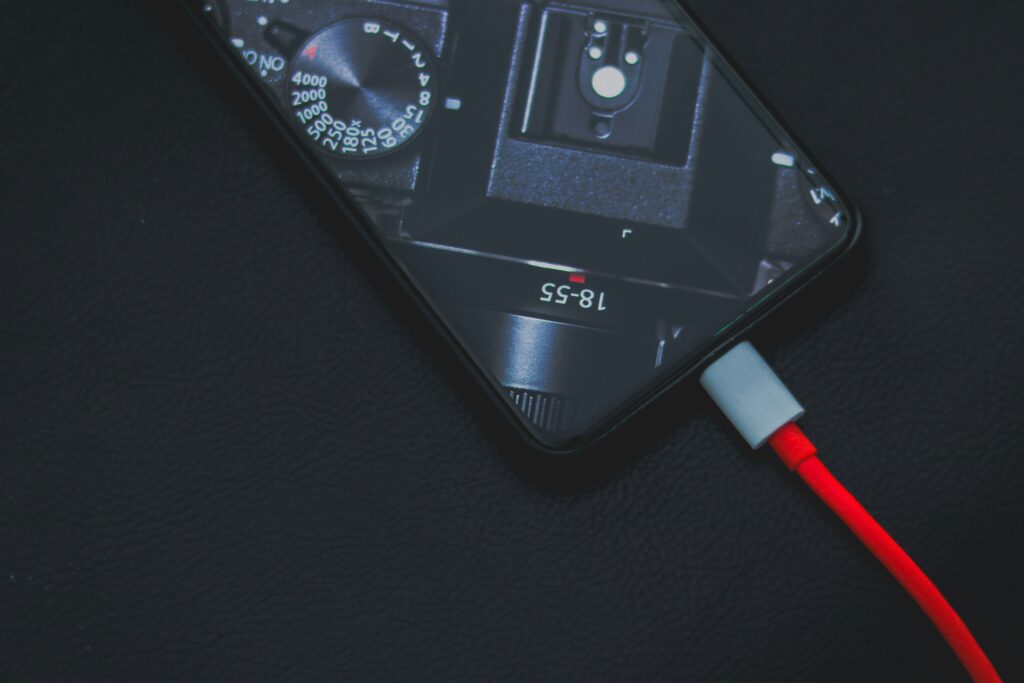
Fast charging is a modern charging technology designed to significantly reduce the time it takes to power up your devices. Unlike traditional chargers that typically offer 5W to 10W of power, fast charging pushes much higher wattage — often 18W, 30W, 65W, or even more — allowing your smartphone or gadget to charge in a fraction of the usual time.
In simple terms, fast charging delivers higher voltage and current to the battery, which speeds up the charging process. This is especially useful when you’re in a hurry or constantly on the move. For example, some phones can now go from 0% to 50% charge in just 15 to 30 minutes with fast charging enabled.
However, fast charging only works if your phone supports it and you’re using a compatible charger and cable. Even if your device supports fast charging, using a regular 10W adapter won’t give you the speed boost. Many smartphones also include special circuits to manage heat and power flow during fast charging, keeping things safe and efficient.
To sum up, fast charging is a smarter, time-saving solution for today’s fast-paced lifestyle. But as we’ll explore further, it comes with its own pros, cons, and impact on long-term battery health.
What is Normal Charging?
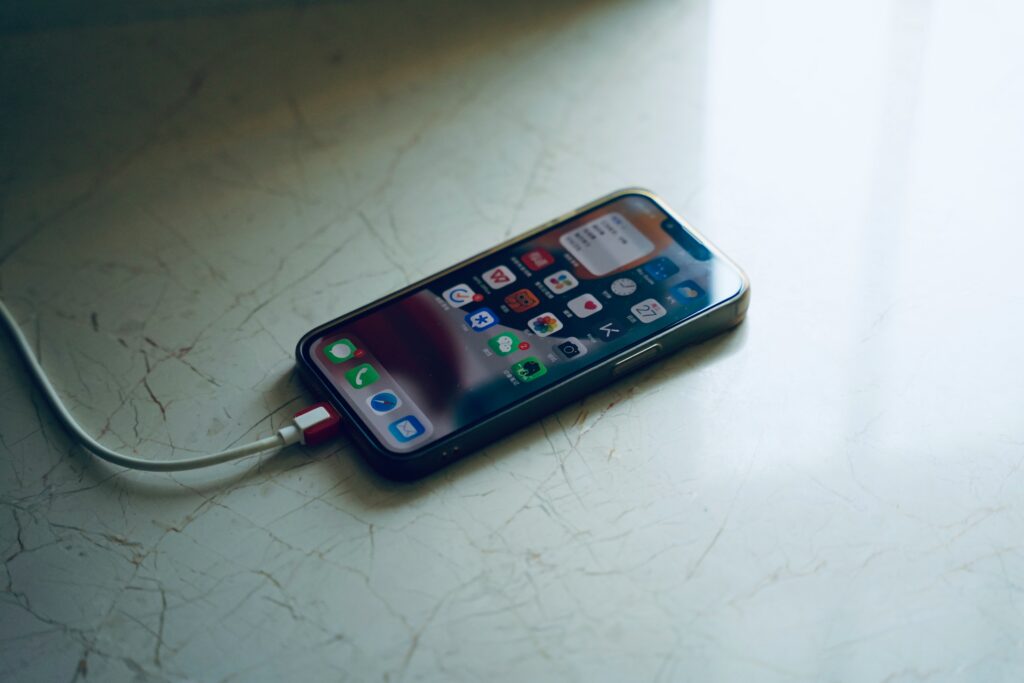
Normal charging, also known as standard charging, refers to the traditional method of charging electronic devices using low wattage — usually around 5 watts (5V/1A) or 10 watts (5V/2A). This method has been widely used since the early days of smartphones and is still found in many entry-level or older devices.
In normal charging, the power is delivered to the battery at a steady and controlled rate, which makes it relatively safe and reliable. It typically takes 2 to 3 hours or more to fully charge a smartphone using a standard charger. While this may seem slow compared to fast charging, it’s actually gentler on the battery and produces less heat during the process.
This slower speed helps in maintaining battery health over time, as rapid charging generates more heat, which can affect long-term battery performance if not managed properly. That’s why some users still prefer normal charging overnight or when they’re not in a hurry.
Normal charging doesn’t require any special cables or adapters — just a basic USB charger is enough. It’s universal, widely compatible, and less likely to cause wear and tear on the battery.
In short, normal charging is safer, simpler, and better for battery longevity, especially if speed isn’t your top priority.
How Fast Charging Works – Technical Explanation
To understand how fast charging works, you first need to know how electricity powers a device. Charging a battery involves transferring electrical energy using voltage (V) and current (A). The basic formula is:
Power (W) = Voltage × Current.
In normal charging, your phone typically gets 5V at 1A or 2A, which equals 5W or 10W. Fast charging increases either the voltage, the current, or both. For example, a 9V/2A charger provides 18W, and a 20V/3.25A charger delivers 65W — charging your phone much faster.
Fast charging requires a smart charging protocol, like:
- Qualcomm Quick Charge
- USB Power Delivery (USB-PD)
- VOOC (used by OPPO, Realme)
- SuperVOOC / Warp Charge / Turbo Charge – brand-specific variations
These protocols allow your phone and charger to “communicate” and adjust the power flow dynamically. This ensures that your device gets the maximum speed without overheating or damaging the battery.
Most fast chargers also have built-in safety features, including temperature control, over-voltage protection, and adaptive charging rates. These ensure fast charging only happens when your battery can safely handle it.
In short, fast charging isn’t just about higher wattage — it’s a combination of hardware, software, and smart power management working together to give you quicker, safer results.
Types of Fast Charging Technologies (Quick Charge, PD, etc.)
Fast charging isn’t one single standard — different brands and manufacturers use different fast charging technologies based on their hardware and ecosystems. Here are some of the most widely used fast charging protocols in 2025:
1. Qualcomm Quick Charge (QC)
One of the earliest and most popular fast charging technologies, Qualcomm’s Quick Charge is found in many Android phones. It boosts charging speed by increasing voltage and supports up to 100W power in its latest versions (QC 5.0+).
2. USB Power Delivery (USB-PD)
This is a universal, cross-platform fast charging standard, supported by Android phones, laptops, tablets, and even iPhones. It offers high-speed charging up to 100W, and intelligently adjusts power delivery to prevent overheating or damage.
3. VOOC / SuperVOOC (OPPO, Realme, OnePlus)
These are proprietary fast charging technologies that deliver ultra-fast charging speeds, especially with compatible chargers and cables. SuperVOOC now supports up to 240W, charging some phones from 0 to 100% in under 10 minutes.
4. Warp Charge (OnePlus), TurboPower (Motorola), Dart Charge (Realme)
These are brand-specific technologies built on VOOC or Quick Charge bases, offering customized power outputs for fast but safe charging.
Each of these technologies has its strengths, but all share the same goal — to charge your device faster without compromising safety or battery health.
Speed Comparison – Fast vs Normal (Time Taken to Charge)
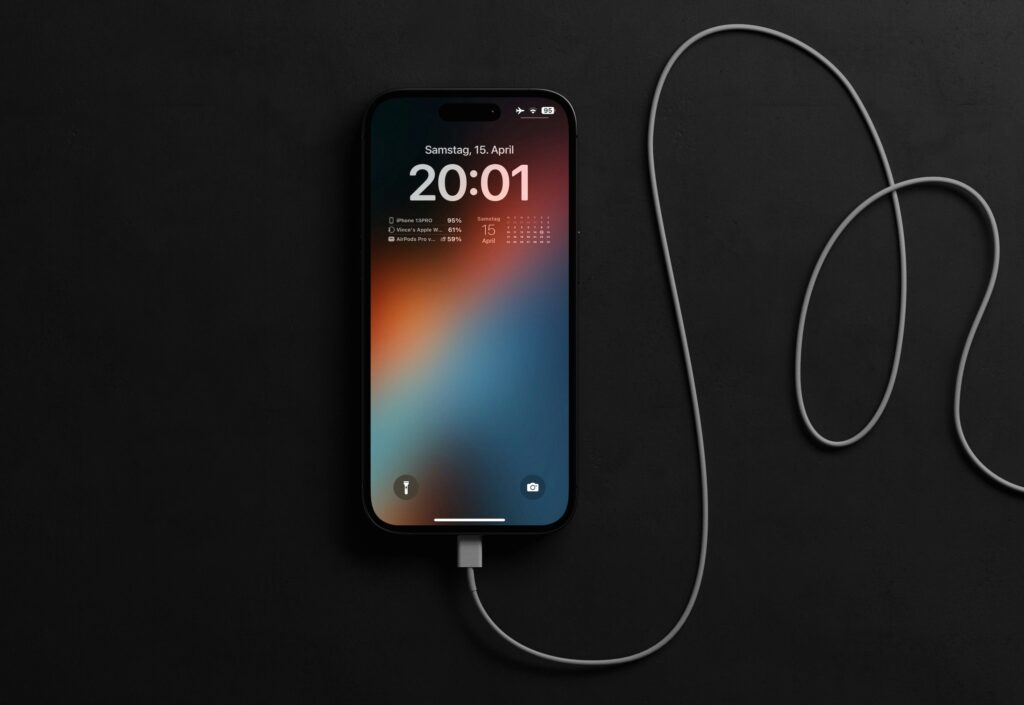
The biggest difference between fast charging and normal charging is clearly visible in the charging time. Fast charging drastically reduces the amount of time needed to power up your device — and that’s exactly why it has become so popular.
Let’s take an example of a smartphone with a 5,000mAh battery:
- Normal Charging (5W to 10W):
- Charging time: 2.5 to 3.5 hours
- Reason: Low voltage and current; charging is slow but stable.
- Fast Charging (18W to 100W+):
- Charging time: 20 minutes to 1 hour, depending on wattage and battery size
- Example: A phone with 65W charging can go from 0% to 100% in about 35–40 minutes.
Some flagship devices even offer 240W charging, which can charge a phone fully in less than 10 minutes, but these are still rare and often require proprietary chargers and cables.
The real benefit of fast charging is seen in the first 50%, where charging is much quicker. After that, the speed slows down slightly to protect the battery.
So if you’re short on time and need a quick top-up, fast charging is a clear winner. But if you charge overnight or aren’t in a rush, normal charging still works just fine.
Impact on Battery Health – Which is Safer in the Long Run?
One of the biggest concerns users have with fast charging vs normal charging is its long-term effect on battery health. While fast charging is undoubtedly convenient, does it damage your phone battery faster? Let’s break it down.
Fast charging works by pushing higher voltage and current into your device to charge it quicker. But this extra power also generates more heat — and heat is the biggest enemy of lithium-ion batteries. Over time, repeated exposure to high temperatures can lead to faster battery degradation, reduced battery capacity, and even performance issues.
To reduce this risk, modern smartphones come equipped with thermal management systems, battery health monitoring, and adaptive charging features. These technologies slow down charging speed once your phone reaches 70–80%, keeping the battery safe. However, if you’re using third-party fast chargers or low-quality cables, the risk increases.
On the other hand, normal charging is slower but more stable. It generates less heat and puts less stress on battery cells, making it more suitable for overnight charging or long-term battery health.
In conclusion, normal charging is safer for long-term battery life, while fast charging is best for quick top-ups. The key is to use fast charging only when needed — and always with original or certified accessories.
Pros & Cons of Fast Charging
Fast charging has quickly become a must-have feature in modern smartphones, tablets, and even laptops. But like any technology, it comes with its advantages and disadvantages. Let’s take a closer look at the pros and cons of fast charging.
Pros of Fast Charging
- Time-Saving: The biggest benefit — it drastically reduces charging time. You can go from 0% to 50% in just 20–30 minutes in many phones.
- Convenience: Ideal for users who are always on the move or forget to charge their phone in advance.
- Emergency Power-Ups: Useful in critical situations when you need quick battery before heading out.
- Supported by Most Modern Devices: Fast charging is now standard in mid-range and premium smartphones.
Cons of Fast Charging
- Battery Heat: Fast charging generates more heat, which can affect long-term battery health if not managed well.
- Reduced Battery Lifespan: Repeated high-speed charging cycles may lead to faster battery wear over time.
- Charger Compatibility Required: Not all cables and adapters support fast charging. Using a low-quality charger can cause inefficiency or damage.
- More Expensive Accessories: High-wattage chargers and certified cables often cost more than regular ones.
Pros & Cons of Normal Charging
While fast charging is becoming the new norm, normal charging still holds value — especially when it comes to battery safety, longevity, and simplicity. Let’s explore the key advantages and disadvantages of normal charging.
Pros of Normal Charging
- Better for Battery Health: Slower charging generates less heat, reducing long-term wear and improving battery lifespan.
- Lower Risk of Overheating: With stable and controlled current, devices stay cooler during the charging process.
- Universal Compatibility: Works with most basic USB chargers, cables, and power sources without needing special equipment.
- Cost-Effective: Regular chargers are cheaper and easier to find than certified fast charging accessories.
- Safe for Overnight Charging: Because it charges slowly, it’s ideal for plugging in overnight without the risk of overheating.
Cons of Normal Charging
- Slower Charging Speed: The main downside — it takes 2 to 3 hours (or more) to fully charge most smartphones.
- Not Ideal for Urgent Situations: If you’re in a rush, normal charging won’t give you a quick power boost.
- Less Efficient for High-Capacity Batteries: Larger batteries may take significantly longer to charge, which can be inconvenient.
Is Fast Charging Bad for Your Phone Battery? – Myths Busted
One of the most common questions users ask is: “Does fast charging damage the battery?” The short answer is — not necessarily. But like most things in tech, it depends on how you use it. Let’s break down the facts and bust some popular myths around fast charging.
Myth 1: Fast charging always kills battery life.
Reality: Fast charging does generate more heat, which can degrade battery health if uncontrolled. However, modern smartphones are built with advanced battery management systems. These systems regulate voltage, control temperature, and slow down charging as the battery nears full capacity. If you use the original or certified charger, the impact on battery life is minimal.
Myth 2: Charging faster = more danger.
Reality: It’s not the speed that’s dangerous — it’s poor-quality accessories. Using cheap or non-certified fast chargers can harm your device. But trusted brands with proper fast charging protocols (like USB-PD, Quick Charge, SuperVOOC) are tested for safety.
Myth 3: You should never use fast charging overnight.
Reality: Most phones stop drawing power once fully charged. Still, it’s better to use normal charging overnight to reduce unnecessary heat cycles, unless your phone supports adaptive charging.
Final Verdict
Fast charging is not harmful when used properly. Stick to original or high-quality accessories, avoid overuse, and don’t fast charge 100% of the time. Use it when needed — during travel, work breaks, or emergencies — and use normal charging for daily routine.
When balanced smartly, fast charging offers convenience without major compromise on battery health.
Devices That Support Fast Charging
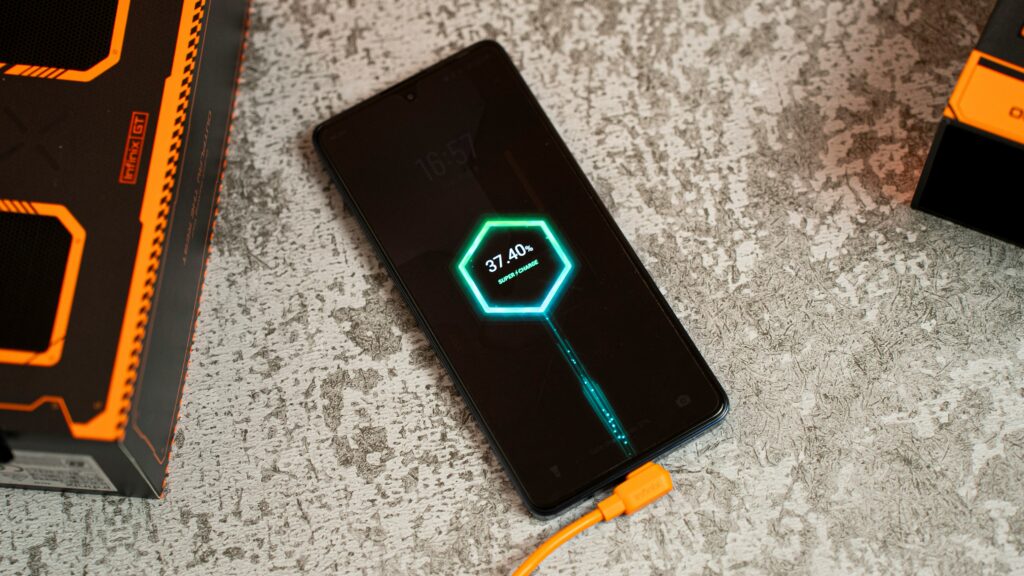
Fast charging isn’t just a premium feature anymore — it’s available in a wide range of smartphones, tablets, laptops, and even wireless earbuds. However, to benefit from fast charging, your device must support a compatible fast charging standard (like Quick Charge, USB-PD, or VOOC).
Let’s take a look at the types of devices that commonly support fast charging in 2025:
Smartphones
Most mid-range and flagship Android phones now support fast charging. Some popular models include:
- Samsung Galaxy S series, A series
- OnePlus Nord and Flagship models (Warp/SuperVOOC)
- Realme, Xiaomi, iQOO, Vivo phones (18W to 120W)
- Motorola and Poco with TurboPower or Quick Charge
- iPhones (iPhone 8 and above) support fast charging via USB Power Delivery (20W+)
Laptops
Many modern laptops — especially ultrabooks — support USB-C fast charging through USB-PD:
- Apple MacBook (Air and Pro)
- Dell XPS, HP Spectre, Lenovo Yoga, Asus ZenBook series
Other Gadgets
- TWS Earbuds (like Nothing Ear, Realme Buds) offer fast case charging
- Smartwatches like the Apple Watch Series and Samsung Galaxy Watch
- Power banks now include fast input/output ports (18W, 22.5W, or 65W)
Final Note:
Even if your device supports fast charging, always use a compatible charger and cable to achieve full charging speeds. Mixing incompatible accessories may lead to slower charging or even damage.
Would you like to continue with Section 12: Fast Charging Requirements (Cable, Adapter, Power Rating)?
Fast Charging Requirements (Cable, Adapter, Power Rating)
To experience true fast charging, just having a fast-charging phone isn’t enough. You also need the right accessories — especially the charger (adapter), USB cable, and power source. Let’s break down what’s required for fast charging to actually work.
1. Fast Charging Adapter (Charger)
The charger must support the same charging protocol as your phone — for example, USB Power Delivery (PD), Quick Charge, SuperVOOC, etc. Also, check the wattage rating:
- Basic fast charging: 18W to 30W
- Flagship-level: 65W to 120W+
- Laptops: up to 100W (USB-PD)
Using a regular 5W or 10W adapter won’t provide fast charging, even if your phone supports it.
2. High-Quality USB Cable
Not all USB cables support high-speed charging. You need a USB-C to USB-C or USB-C to Lightning cable (for iPhones) that can carry higher current and voltage. Cheaper cables may slow down charging or overheat.
3. Compatible Device
Your phone or gadget must support the fast charging protocol built into your adapter and cable. If any one of the three components is incompatible, fast charging won’t activate.
Final Tip:
Always use original or certified accessories. Mixing low-quality chargers and cables may result in slower speeds or even battery damage. If you’re unsure, check your phone brand’s website for officially supported fast charging accessories.
When to Use Fast Charging vs Normal Charging?
Both fast charging and normal charging have their ideal use cases. Choosing the right one depends on your daily routine, device type, and battery health priorities. Here’s how to decide when to use fast charging vs normal charging.
Use Fast Charging When:
- You’re in a hurry. Need quick power before heading out? Fast charging can give you 50% battery in under 30 minutes.
- You’re traveling or on-the-go. Power up during short breaks using high-speed charging.
- You forgot to charge overnight. Quick top-ups can save you during busy mornings.
- You’re using a phone that supports heat management. Modern phones handle fast charging better with built-in temperature control.
Use Normal Charging When:
- You’re charging overnight. Slow, steady charging is better for battery longevity and produces less heat.
- You’re not in a rush. Normal charging works fine if you have time and want to protect battery health.
- You’re using your phone while charging. Normal charging prevents overheating during prolonged use.
- You’re using third-party or uncertified accessories. Stick with normal charging to avoid risk.
Final Advice:
Use fast charging when necessary, but rely on normal charging for regular, overnight, or extended charging sessions. This balance keeps your battery healthy while ensuring you’re never low on power when it matters.
Final Verdict – Which One Should You Prefer in 2025?
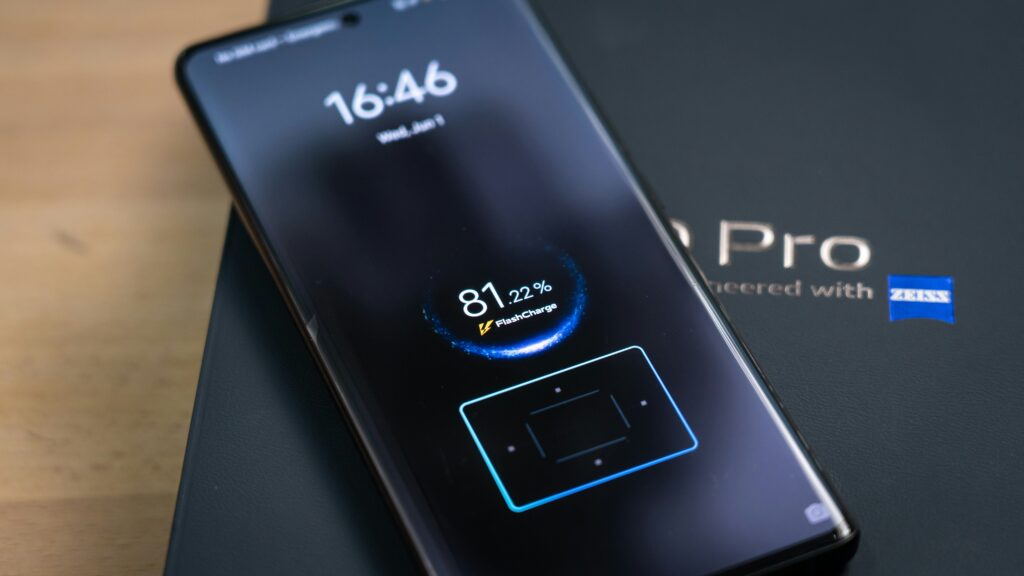
So, when it comes to fast charging vs normal charging, which one should you actually use in 2025?
The answer isn’t one-size-fits-all — it depends on your usage style, device capability, and battery care habits.
If you’re someone who’s always on the move, works long hours, or forgets to charge their phone until the last minute, fast charging is a game-changer. It can get your battery up to 50% in under 30 minutes, making it ideal for emergencies, travel, or daily rush.
On the other hand, if your routine allows for overnight charging, or you care deeply about maximizing your phone’s battery health, normal charging is the safer option. It’s slower, yes, but generates less heat and puts less strain on your battery — especially important if you plan to keep your phone for 2–3 years or more.
That said, today’s smartphones are smarter than ever. Most of them have built-in thermal control, charging regulation, and battery protection features. So using fast charging occasionally won’t hurt — as long as you’re using original or certified chargers.
Also Read: Top 10 Smartwatches to Buy in 2025 (Global Edition)
Bottom Line:
Use fast charging when you need speed, and normal charging when you have time. Striking a healthy balance between both will give you the best of convenience and battery longevity in 2025 and beyond.
Frequently Asked Questions (FAQ)
Q1. Does fast charging reduce battery life?
Fast charging may slightly reduce long-term battery health due to heat, but modern phones have safety systems that manage it well. If you use quality chargers, the impact is minimal.
Q2. Is it safe to use fast charging every day?
Yes, it’s safe if you use the original or certified fast charger. However, mixing in normal charging occasionally is better for long-term battery performance.
Q3. Can I use a normal charger on a fast-charging phone?
Absolutely. Your phone will simply charge at a slower speed. It’s completely safe and can even be better for battery health in some cases.
Q4. Why does my phone stop fast charging after 80%?
Many devices slow down charging after 70–80% to protect the battery. This is a built-in safety feature to reduce heat and extend battery life.
Q5. Do all USB-C cables support fast charging?
No. Only high-quality, certified USB-C cables support fast charging. Low-quality or old cables may slow down charging or fail completely.
A tech-driven content strategist with 6+ years of experience in crafting high-impact digital content. Passionate about technology since childhood and always eager to learn, focused on turning complex ideas into clear, valuable content that educates and inspires.
